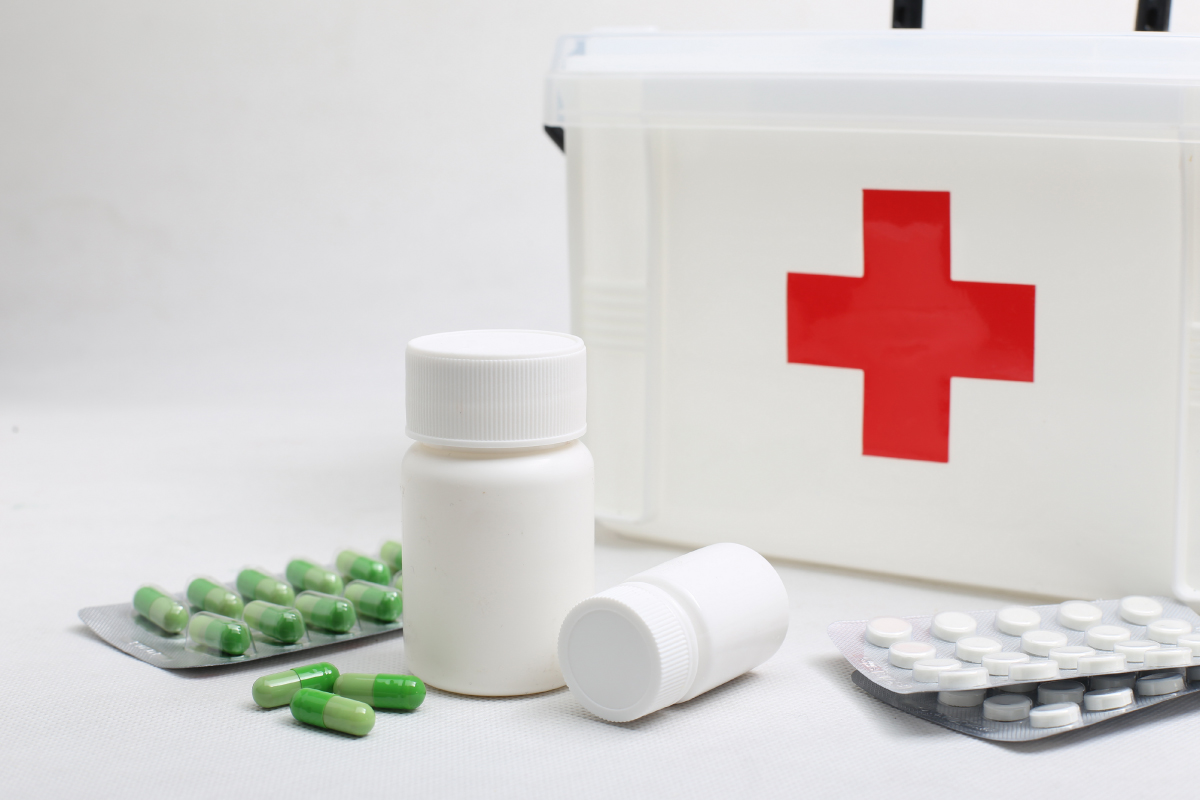

In recent decades, the frequency and intensity of storms, including hurricanes, have increased. Even areas that historically haven’t experienced severe storms, like parts of the southwest, have been impacted. While this post focuses on storm preparation, the tips can also be adapted for wildfire evacuations and earthquake readiness.
There are numerous resources available online that provide crisis preparation advice tailored to specific regions and situations. Here, we will offer general preparedness tips for storms to help you get started. Given the potential for power and water loss, as well as the need for evacuation, consider the following:
Have a plan
Many people believe they are prepared by buying candles, having a charged phone battery, and stocking up on canned goods. However, there are several factors to consider, including:
1. Take physical steps to protect your home.
2. Gather necessary supplies for your pets.
3. Check on relatives and neighbors.
4. Familiarize yourself with the locations of local shelters.
5. Get an easily portable lockbox that is fire and water-resistant to store your important documents in case of evacuation.
6. Create a written or typed emergency plan, and keep it in a secure plastic bag in a readily accessible place.
7. If your town or area has an emergency plan, include a copy with your personal plan.
8. Assign specific tasks to each family member to keep everyone focused and reduce anxiety during emergencies.
Non-perishables for emergencies
Ensure you have non-perishable items readily available, whether you store them in the back of your pantry or on a dedicated shelf in the basement. Regularly check these supplies, whether monthly or every six months, and establish a routine for inspection. At minimum, check supplies a month before hurricane or winter storm season typically begins to avoid finding expired or spoiled items when evacuation becomes necessary.
Here are some recommended non-perishables to keep stocked for power outages, water loss, or evacuations:
1. Gallons and bottles of water, enough for three days.
2. Canned goods–and don’t forget a can opener!
3. Pet food and treats.
4. Snacks like nuts and dried fruit.
5. Teabags, drink mixes, and instant coffee.
Power and Light
No one enjoys being left in the dark or uncomfortable temperatures. Ensure you have the following on-hand in case of power outages:
1. Batteries of various sizes.
2. Candles and matches stored in a plastic bag to keep them dry.
3. Camp lamps and liquid paraffin, which does not burn if spilled.
4. Flashlights.
5. Headlamps for crafters and readers.
6. Portable batteries capable of charging phones, iPads, and tablets.
7. Battery-powered radio or weather radio for updates.
8. Dry, stacked wood if you have a fireplace or woodstove.
9. Consider getting a generator depending on your location and circumstances.
Comfort items
These items help distract everyone from boredom or arguments. Keep a list of these items and gather them when a storm is predicted. Some examples include:
1. Board games
2. Playing cards
3. Craft supplies, especially those that can fit in a shoebox or small bag.
4. A book or two, or a well-charged book reader with a backup charging battery.
5. Coloring supplies
6. Blankets, sleeping bags, and favorite stuffed animals, if applicable and appropriate for the time of year.
7. Cozy cardigans or sweatshirts with pockets
8. Pet beds that can be brought indoors during the storm.
Medical supplies
Ensure you have the necessary medical supplies for both people and pets:
1. Have an ample supply of daily medications.
2. Keep a well-stocked first-aid kit in an easily portable case.
3. If your doctor allows it, obtain extra medications in case of power outages and impassable roads.
4. Include over-the-counter medications like pain relievers, fever reducers, and stomach relief.
5. If COVID protection measures are still in place, have plenty of disposable masks and gloves on hand in case you need to leave your home.
In the end, you know your home, family, and pets better than anyone else. Survey your home to determine whether windows should be covered during hurricanes or other severe storms. Regularly inspect your roof to ensure it provides full weather protection, and clear your gutters. If you have above-ground lines, make sure there are no nearby branches or trees that could damage them if they fall. Bring in all loose outdoor items or secure them properly.
If you’re preparing for snow, ensure your cold weather gear is in good condition and have at least two shovels on hand. Consider environmentally-friendly and pet-safe ice melt to keep your sidewalks clear. Consider as many different scenarios as possible and plan accordingly. Having peace of mind knowing you’ve taken every possible step to keep your family safe, dry, and comfortable is invaluable.
For more information on storm preparation, we recommend visiting:
– The Red Cross: Winter Storm Preparedness
– National Weather Service: What to do Before the Tropical Storm or Hurricane